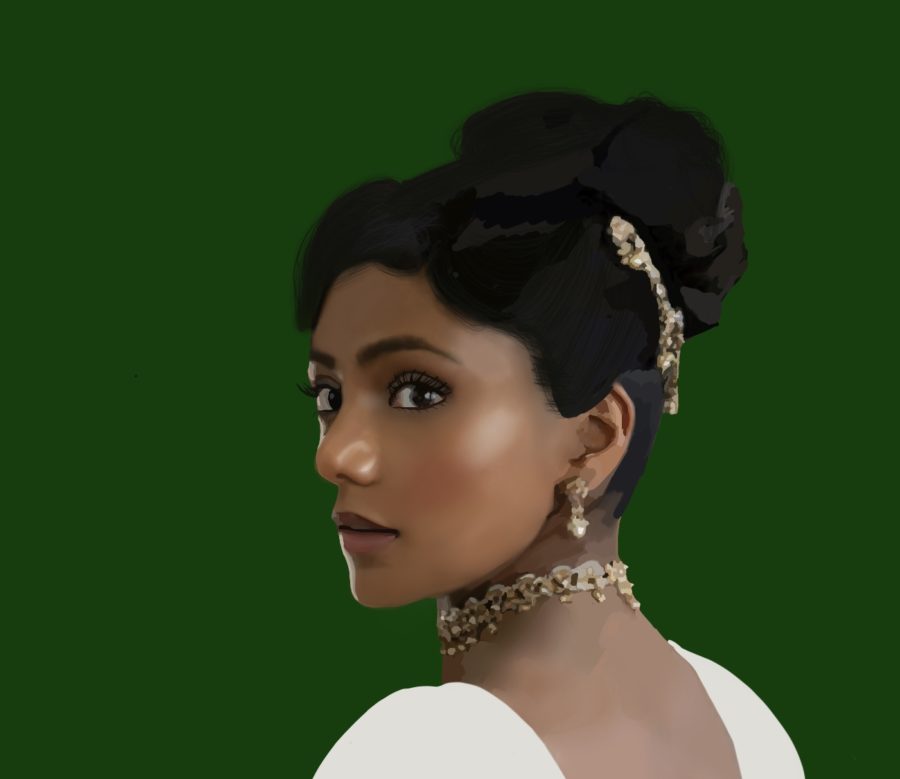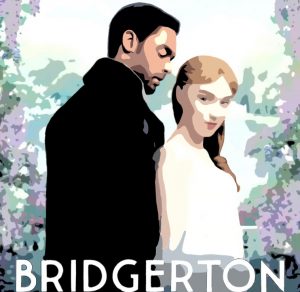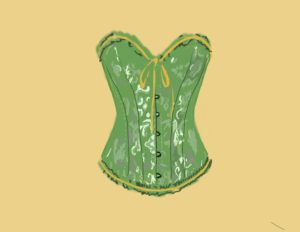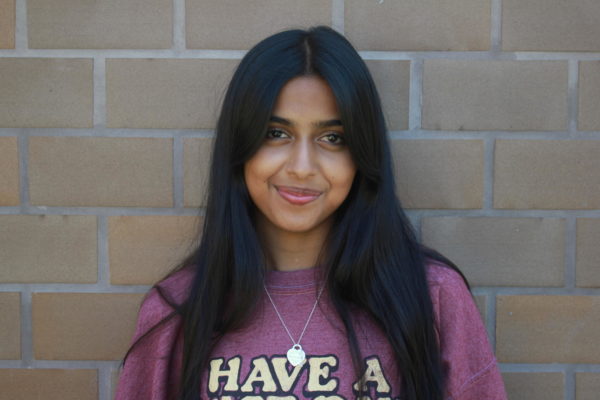“Bridgerton” season 2 entices fans with classic enemies-to-lovers trope
The second season of “Bridgerton” was released on Mar. 25, 2022, amassing an ever bigger audience than before with its uplifting representation and classic and enthralling enemies-to-lovers trope.
December 7, 2022
Warning: plot and storyline alluded to
The second season of “Bridgerton”, following the famous series of the same name written by Julia Quinn, was released on Mar. 25, 2022. Each season follows a different member of the Bridgerton family and their love story. Set in 1813, Netflix’s adaptation of the second novel in the series “The Viscount who Loved me”, has amassed an ever bigger audience than before with its classic and enthralling enemies-to-lovers trope.
This season follows Lord Anthony Bridgerton (Jonathan Bailey) and Kate Sharma (Simone Ashley), who loathe and continuously aggravate each other in the beginning but gradually find that they are consumed by even just the presence of each other. This is due to the exceptional chemistry between Bailey and Ashley. Even with their minimal conversations and few intimate scenes, their subtle gestures and their willful stares express their intense passion and yearning for one another. Despite this, for most of the season they choose to openly express their hatred for one another.
This is due to their circumstances, as Anthony is head of the Bridgerton family. He has familial duties and was set to be married with Kate’s sister, Edwina Sharma (Charithra Chandran). On the other hand, Kate has a duty to protect her sister, which leads her to the mindset that Anthony is not good enough for her sister. Little did she know that soon she would fall for him too.
Alongside the love triangle between Kate, Anthony and Edwina, also comes other obstacles like family commitment, town gossip and the intertwined storyline between the Queen and the Bridgerton family. Described by critics as a combination of “Pride and Prejudice” and “Gossip Girl”, season two of Bridgerton perfectly captures the essence of elegance and poshness that decorates the drama. Yet all these circumstances that kept Anthony and Kate apart made their relationship even more gratifying when they eventually came together.
It leads you to question why people can be fixated over such an unrealistic storyline. That’s the beauty of the enemies-to-lovers trope. The hatred they express towards each other to cover up their longing and yearning incites a feeling of frustration for the viewers, ultimately building up expectations for the following episodes. Yet their few conversations make them even more meaningful, and that long wait is what makes the end so rewarding for viewers.
Although this season’s storyline loosely follows Quinn’s novel, the success of the show is not a surprise. But that isn’t the only inducement that gave this season an even grander spotlight than the last. This season focuses on Anthony Bridgerton’s courtship, and the other main protagonists casted as his love interests were Simone Ashwini Pillai and Charithra Chandran, who are both South Asian Indian women.
Two darker skinned women being casted as leads in an international show has made so many viewers ecstatic for the representation. Furthermore, these women were represented at an equal importance with the utmost elegance as all the other characters. It can be argued that season one also had diversity, but it was especially minimal and most people of color were given secondary roles or saddening, villain-like storylines, which surely wasn’t enough for them to be boasting their seeming inclusivity.
The only off-putting aspect was that the show often mixed North and South Indian customs and included both in the show presented as one culture. But with the costumes, Bridgerton didn’t disappoint. The girls, although in very similar stunning regency gowns, were given Indian jewelry pieces such as gold plated necklaces, earrings and bangles. Typically representation of other cultures in television involves their characters being reflected as a product of stereotypes, but that wasn’t the case. They added subtle aspects of Indian norms and culture like hair oil massages and a haldi ceremony (turmeric paste applied on the bride and groom before the wedding) which was beautiful to watch.
However, it is important to note that Bridgerton isn’t accurately reflective of the real regency era in England. The events and the diversity of the cast is far from accurate of England’s history. Although the gowns and suits somewhat followed what regency clothing may have looked like, the costume designers added a unique spin to each piece as an effort of eloquence in order to emphasize each character’s personality. However, this is not the show for those who are looking for something accurate, historical or informational.
Regardless, this season reached its target audience at the perfect time. With the enemies-to-lovers trope being one of the many storylines trending on social media and particularly TikTok. Viewers have been patiently waiting for a show or movie to give them the same satisfaction they received from the novels. Overall this season certainly surpasses the first installment and has viewers attached to the new characters and their battles between following the head versus heart.




